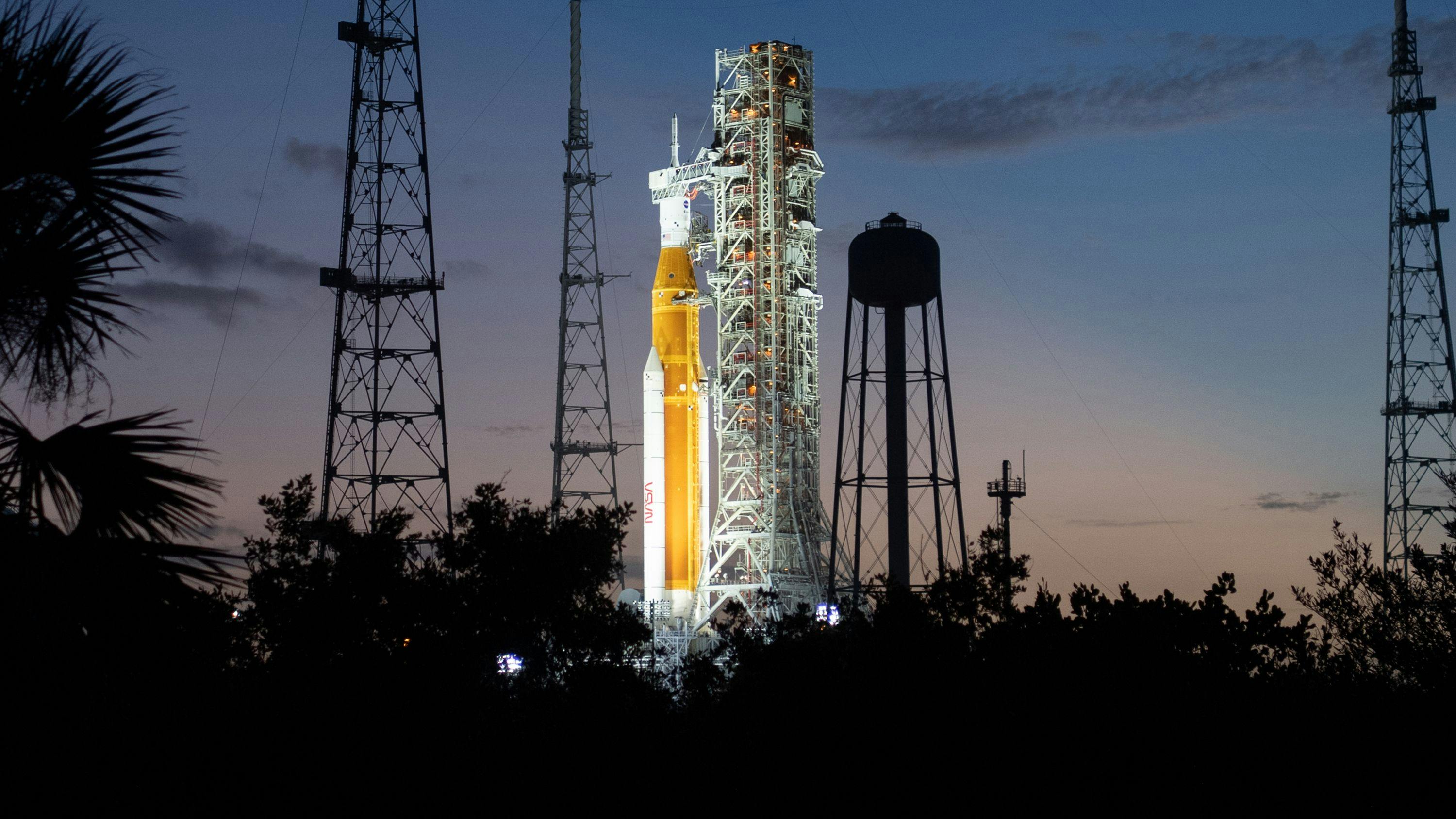In recent years, the application of power systems and automation systems technologies to the space industry has become increasingly relevant. After participating in various events and sessions dedicated to commercial space, I decided to conduct a study on the development potential of the space industry based on modern technical solutions.
The active growth of projects and services using Big Data, neural networks, and AI technologies, and predictive analytics, as well as the increasing number of small satellites and their constellations, leads to the fact that this may create a new direction for the IT industry – SpaceIT.
Space IT
SpaceIT will be based on the most promising technologies:
- Serial production of satellites and spacecraft for various purposes, equipped with sufficient computing power. Digital design, modeling, and calculation of components and systems (one of the brightest examples is SpaceX).
- Regular launches of rockets of different powers reduce the cost of launching into orbit and facilitate access to space for commercial companies and individuals.
- Laser communication and navigation systems for long-range communications.
- Autonomous spacecraft (e.g., space tugs) and rovers.
- Optimized computational models, algorithms, and distributed computing technologies for satellite and spacecraft operations.
- New materials for various systems (protective, heat dissipating, etc).
- Electronic component base (including radiation-resistant), increasing equipment performance and operating time in space. Inexpensive and simple sensors.
- New algorithms of neural networks and AI trained to work with distributed logistic systems (controlling a swarm of drones over a large area).
- Technologies of autonomous production (robotization, additive technologies, new materials processing technologies, etc).
Fascinating, isn’t it?
Main technical solutions of Space IT
On this basis, we summarize the main technical solutions of SpaceIT, which will lead to a breakthrough in the exploration of near-Earth space and the solar system in the next ten years:
- Multifunctional autonomous heavy platforms with constant power supply from 50 kW, equipped with protected modules with server equipment, as well as with universal (typified) connectors and data exchange protocols. Common standards for all spacecraft systems for compatibility of different assemblies and designs. A modular system will allow regular server upgrades for repairs and modernization.
- AI-based communication, navigation, and space traffic control network. Creation of a unified system of space traffic dispatching in the Earth-Moon space with integration of all participants of space exploration programs. Creation of automated transportation networks. Laser communication systems and high-precision positioning systems. Space positioning stations using a three-dimensional coordinate system (space and lunar navigation). Remote control of satellite drones and rovers by operators from Earth to perform complex tasks.
- Data collection, storage, and transmission network in space. Extraterritorial principle of access to information, acceleration of data processing for space applications. Verified settlement system using blockchain technologies. Orbital data centers, data centers on the Moon, and space stations. Radiation-resistant electronic components. Development of photonic processors.
- Creation of automated production facilities in space under the control of AI. Biotechnology, new pharmaceuticals, biomaterials printing, superconductivity, magnetic levitation, automated factories and robotic mining systems, robotic shipyards using additive technologies (3D printing of structures and potentially building spaceships in microgravity), autonomous rovers and harvesters.
All modern progress in the space industry relies on digital technologies. It is these technologies that have made it possible to accelerate calculations and hypothesis testing by leaps and bounds. New products based on AI and BigData will allow us to go beyond low orbits and explore the entire solar system. In my opinion, Industry 6.0 will emerge in space.
Building space infrastructure as a possible path to space exploration
The creation of autonomous and reliable infrastructure in near-Earth and near-lunar space, on the Moon and Mars, as well as its development in the Solar System, is our future. I see the basis of any infrastructure as simple and inexpensive access to energy and resources. When you have enough of them, you can create anything.
But it’s equally important to automate all processes as much as possible to develop other industries and maximize the convenience of life beyond Earth.
Let’s consider one of the potential ways to develop space exploration: creating a network of automated, multifunctional modular platforms with an autonomous energy source. At present, solar panels with energy storage systems are the most widespread, and there are developments in nuclear power plants. Future energy sources may include hydrogen cell-based installations, thermonuclear technologies, or completely new energy sources. The platform will provide access to energy, have high-speed communication channels (radio or laser, and in the future, possibly quantum) and diagnostic functions of the connected modules, as well as be equipped with heat dissipation and cooling systems.
Such a platform can be connected to modules with unified connectors and protocols with any content. This can be scientific equipment (space laboratory), production systems (automated factory), or server equipment (orbital or lunar data center).
The emergence of a network of stations will require the creation of systems for verified information exchange (possibly based on blockchain technologies), programs for automated control of platforms and equipment as well as the entire network (here, I see a huge potential for AI), as well as the development of algorithms for working with huge amounts of data.
For infrastructure development, modeling systems are needed to create new solutions based on 3D printing (for example, rocket engines and structural parts for spacecraft have already been created using these technologies). The development of these technologies will make it possible to build stations and spacecraft directly in space. The emergence of manufacturing will entail the robotization of technical processes. Accordingly, there will be a need for new, reliable, and flexible solutions in this industry (and here, too, automation based on neural networks and modeling algorithms and BigData will be needed).
The large number of stations and spacecraft stimulates the creation of unmanned systems, both automatic and remotely controlled. Moreover, these drones will become the main workhorses of space. They will be used to create a wide variety of vehicles: for example, transportation space tugs and rovers for surfaces, drones for mining water and minerals, repair and construction drones, etc.
To manage transportation flows, it is necessary to create and train an AI (or a group of AIs) that will perform supervisory control functions since the number of variables and decision-making speeds are not available to humans. Each platform will ideally also be controlled by such a system, and a human will analyze the results and set goals.
The creation of communication networks and data centers will lead to the development of a completely new information structure – the space internet (how about the name Extranet?).
All this will give an impetus to the development of already existing technologies and solutions. And it will also create a completely new industry – space tech. This will significantly expand the capabilities of the IT industry on Earth and give the prospect of development in time and space. The synergetic effect of inter-industry integration will allow mankind not only to explore the Solar System but also to go into deep space.














